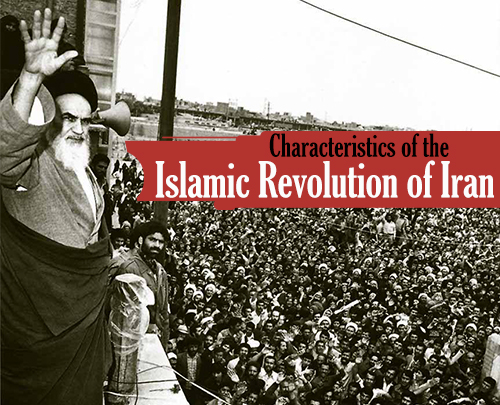January 16, 1979 remains in the mind of the Iranian people as a golden day when
the despotic ruler of Iran, Muhammad Rida Shah Pahlawi fled the country, faced
with nationwide demonstrations and opposition.
The then winter season seemed to have gown warm as the people saw themselves at
last free from a 50 -year spell of despotism started by the Pahlawi regime in
Iran.
The feat was completed fourteen days later when Imam Ruhollah Mousawi Khomeini,
the leader of the Islamic Revolution, returned home from 15 years of exile to
lead the events to the eventual victory of the Islamic Revolution in the
country.
Pahlawi wore crown in 1941 after British troops occupied Iran and forced his
dictator father, whom they regarded as no longer fit to serve their colonial
interests in Iran.
In the early 1950s, a national movement was commenced in a bid to nationalize
oil industry in Iran which interests were largely monopolized by Britain. The
movement was led by Ayatollah Kashani and Dr. Mohammad Mosaddeq. They could
convince the Parliament to nationalize Britain’s extensive oil interests in
Iran. Mohammad Rida, who maintained close relations with Britain and the United
States, opposed the decision. Nevertheless, he was forced by the nationwide
demands in 1951 to appoint Mosaddeq premier.
In August 1953, Muhammad Rida attempted to dismiss Mosaddeq, but the premier’s
popular support was so great that the shah himself was forced out of Iran. A few
days later, British and U.S. intelligence agents mongered a coup against
Mosaddeq, and the shah returned to take power. This time, Shah turned dictator,
holding a tight grip over power. He repealed Mosaddeq’s legislation and became a
close Cold War ally of the United States in the Middle East.
In 1963, ordered by his master, the dictator launched a westernization scheme,
dubbed "White Revolution" in a bid to implement US- and British demanded reforms
which largely countered Islamic values. That was the time when Imam Khomeini
started his opposition to the regime. In 1964, the dictator exiled Imam
Khomeini. Nonetheless, the dictator could not stop the streaming flow of
revolution.
The dictator continued his anti-religious plans, namely by replacing the Islamic
calendar of Iran with a pre-Islamic one in 1976 after an extravagant celebration
of what he called the 2,500th anniversary of the pre-Islamic monarchy in Iran.
Nationwide protests increasingly grew over his anti-Islamic moves and people
came to streets to shout their anger and protests. The dictator however grew
more repressive, using his brutal secret police force to suppress public
opposition.
Discontent also grew among the poor and middle classes who saw that his
western-ordered economic reforms dubbed White Revolution had only benefited the
ruling elite.
In 1978, anti-shah demonstrations broke out in Iran’s major cities. On September
8, 1978, the shah’s security force fired on a large group of demonstrators,
murdering hundreds and wounding thousands. There were suspicions that the
dictator had been ordered to annihilate the revolutionary movements through a
bloodbath.
But the people never quit as they found Imam Khomeini as their savior.
Demonstrations continued as did the regime’s repressions.
Faced with growing nationwide protests, the dictator fled the country on January
16, 1997 in the hope that he would come back like his previous flight. The dream
however was never fulfilled. Following his flight, people took to streets to
celebrate.
Shah traveled to several countries but none admitted him as they were facing the
fury of a nation or were opposed with his repressive ruling. The dictator was
finally sheltered by his master, the United States in October 1979. The dictator
died two years later in Egypt.
The people, furious over the relentless interference of the United States in the
domestic affairs of Iran, stormed the country’s embassy on November 4. The move,
called by Imam Khomeini as a second revolution, led to the confiscation of many
documents which revealed how the dictator had taken orders from America.
The documents were then published in several volumes, called documents of the
Den of Espionage.
* Source: iribnews.ir


















